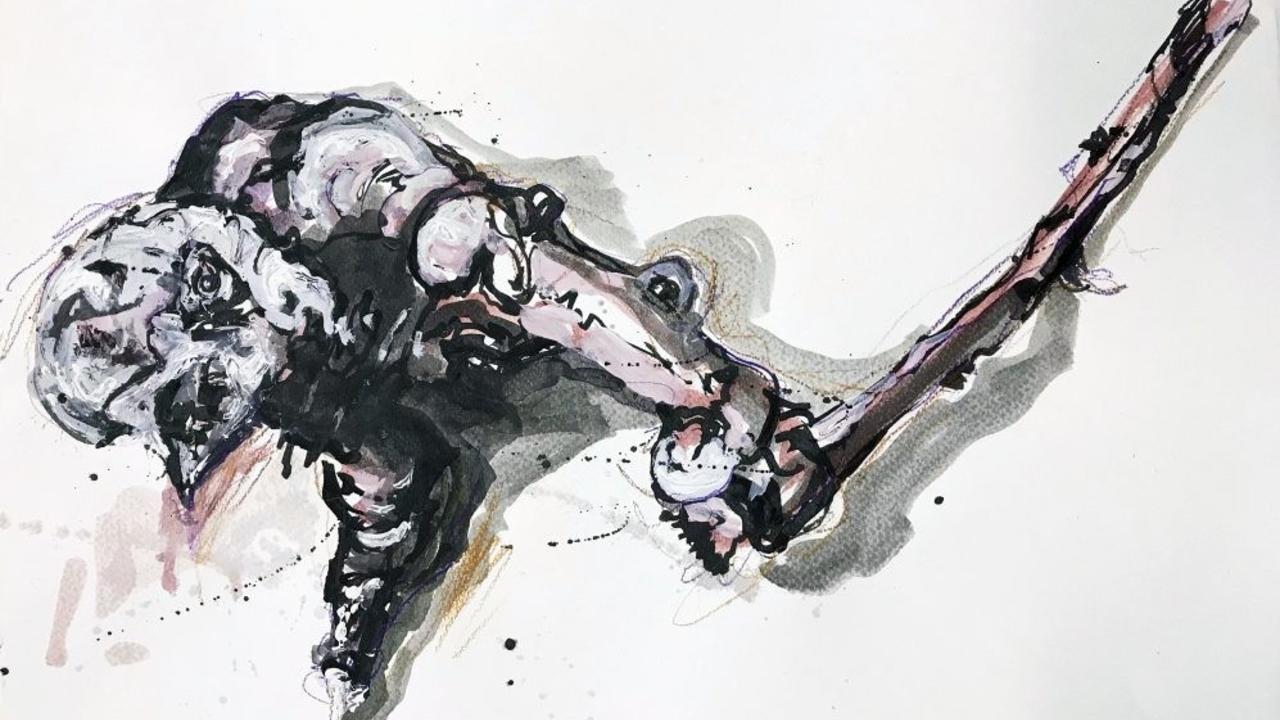Writing About Your Artwork – For Senior Students
Aug 05, 2019
It can be a bit of a daunting task writing about the artwork you create.
Artists face this prospect all the time in the daily pursuit of their art-making. They are asked by galleries to submit an artist’s statement about a body of work for exhibition; they write statements for entry into art awards and prizes; grants and scholarship submissions demand detailed and very specific criteria to be addressed by the artist; print media publications request information from the artist about their arts practice, which may include written responses to interview questions; artists provide profile information for social media sites; artists’ websites are updated regularly to reflect their current practice.
All these areas of interaction are about communication – an essential 21st century requirement for a practising artist.
There is genuine value in learning to speak and write about your work. Making art, even if it is simply for leisure, is rarely produced in isolation, away from the world in which you live. Your “world” of art-making might be the family home, your school, your friendship tribe, or it might be part of the beginnings of a social or economic enterprise that could one day become a business.
As artists and educators, your ArtEyeDeer presenters write about our arts practice in many of the ways described above. We also write sample art responses, using our artworks, to demonstrate to students how we go about responding to the work we make. The simplest way to begin, is to write about one artwork, using the Responding to Artwork model in a previous Blog. The section on Evaluation is often left out of the response when the work is your own, and more can be made of Interpretation and Connection, since you are the artistic source.
I’ve selected an artwork from my recent practice to use as an example of this process:
Wendy Muir, The Drawing Sparrow, 2019, 27.9cm x 42cm, mixed media drawing on heavy watercolour paper
[Description] – This mixed media drawing is an imaginative response to the gathering of a fallen stick sourced from a local gum tree. Aspect of the stick’s natural construction suggests animal characteristics, in particular, the mimicking a bird’s head. [Analysis] – A partial aerial perspective emphasises an implied sense of vulnerability. Marks in black ink are made rapidly with a makeshift drawing tool that scratches and drags the ink across the paper’s surface to define the nub of the stick’s construction. Distorted nodules growing from the stick become knuckles or joints. A gnarled form in the bulbous end of the stick is shaped to resemble a beak. Acrylic paint applied in mid and light tones defines roughened surfaces. Much of the drawing is evolved from the placement of random scratches and splatters that are then worked over with more definitive marks. Cast shadows play a part in defining form. [Interpretation] – The adverse effects of climate change are being felt in my local suburb of streets lined with huge old gum trees. The streets are littered with gum bark that this year, have been stripped from the trees by wave after wave of dry winds. I felt their dry suffering, and imagined in this drawing, the cast-off stick as part sparrow, alert and wary. [Connections] – The visual connection made to my concerns for the detrimental effects of climate change through this drawing may be small and localised, but the act itself is a starting point. It is a way for me to feel that my small act of concern matters. The action of drawing in ink with a stick found at the base of one of the gums is a deliberate act, bringing me closer to the material quality of the tree.
It can be hard sometimes to make a start, but this kind of writing is an excellent way to channel your thoughts, and project your aesthetic out into the world, where, you never know, there may be those who connect with you, and in whom you ignite a spark of inspiration.
Wendy Muir
Art Eye Deer Teacher

